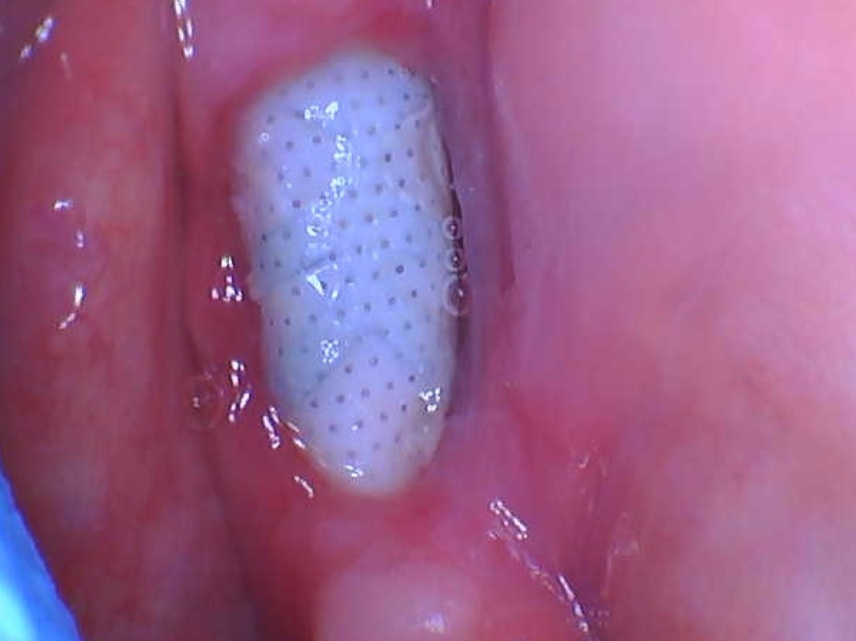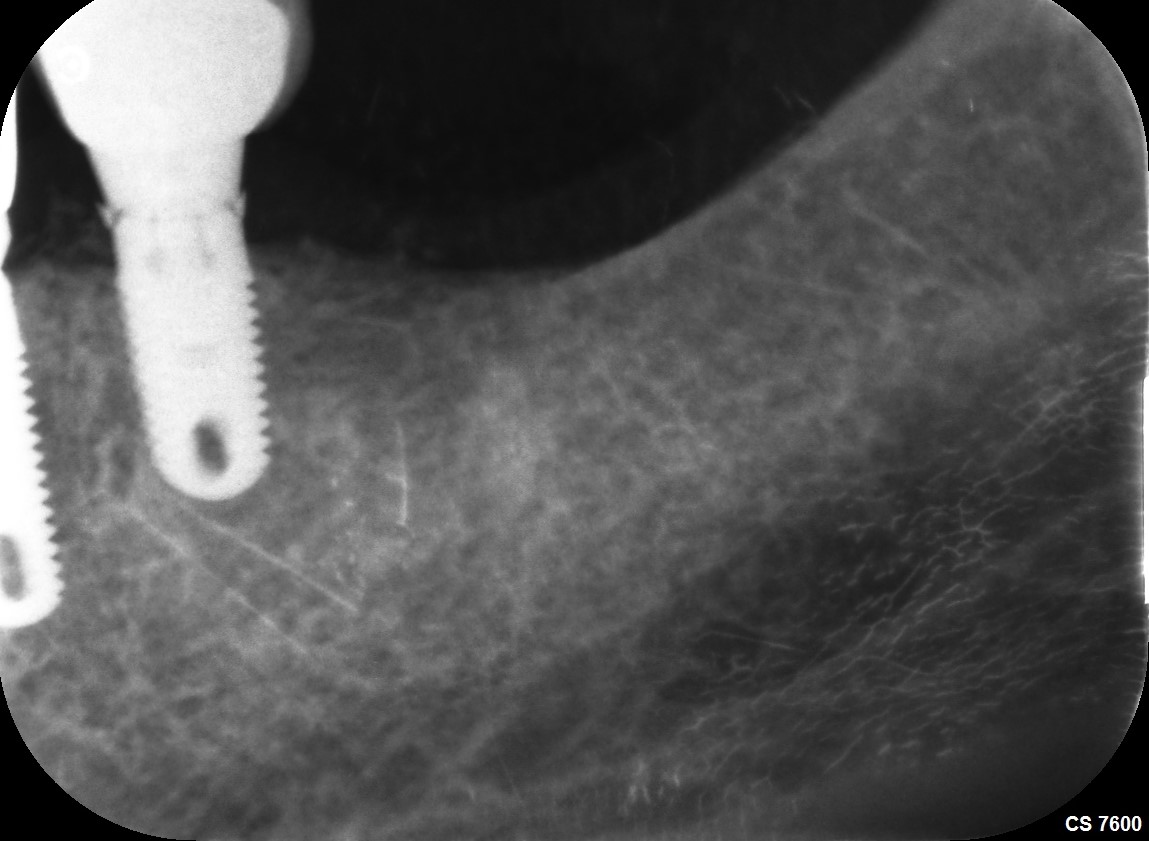3-D Dental Imaging for Implants: Part I
Didn’t have time to attend the 1st International Congress on 3-Dimensional Dental Imaging last week? Not to worry. We were there, and we’ve prepared a three-part summary of some of the main points discussed at the conference hosted by Imaging Sciences International and i-dontics. What follows is part I of our three part summary. Stay tuned for part II later this week.
Cone Beam CT Introduction
Cone Beam 3-D technology has achieved new heights and has become the benchmark in dental imaging. Cone Beam Computed Tomography (CBCT) produces a highly accurate scan of the head and neck which is initially recorded in a DICOM file (Digital Imaging and Communication), and then is fed into a software program which depicts the anatomy of the patient in 3-dimensions. This can be visualized as a virtual reproduction that is accurate down to within a tenth of a millimeter (0.10 mm).
The CBCT scan can be accomplished either in the dental office, if 3-D imaging is available in the office, or at a site with 3-D dental imaging capability. Imaging Sciences International produces the i-CAT, one of the most popular CBCT units for dental offices. i-dontics operates 11 sites in New York, New Jersey, Florida and Georgia which provide CBCT scans for dental imaging.
There are a number of excellent software programs which enable the dentist to use the CBCT scan to generate 3-dimensional views of the actual anatomy of the patient. The anatomy can be viewed in many different planes to provide a precise knowledge of the disposition of anatomical structures. These views enable the dentist to treatment plan for ideal placement of dental implants. It also enables the dentist to be able to select the most appropriate implant form, diameter and length.
Placement of Dental Implants in the Posterior Mandible
If you are placing implants in the posterior mandible, you can use the CBCT scan to determine the most ideal site, inclination, implant length and implant diameter. Software programs allow you to create a highly accurate, 3-dimensional virtual reproduction of the anatomy of the mandible. You can view a cross-section of the mandible in any plane. For example, you can view the mandible in a transverse or trans-cranial plane, perpendicular to the long axis of the head. This provides an occlusal view. Significant anatomic structures like the inferior alveolar and mental foramen nerves can be traced and highlighted in a distinct color for easy recognition.
Staying Out of the Danger Zone
Using a software program, you can place implants in prospective sites and orient their placement and inclination with respect the cortical plates, nerves and blood vessels. You can then use sagittal plane views to evaluate prospective implant placement and to insure that implant depth or orientation does not endanger the nerves or blood vessels. In some software programs a warning message will automatically pop up if you place the implant fixture in a danger zone.
Minimizing Errors
This information can then be sent to a dental laboratory where a surgical guide stent will be fabricated that will ensure that the placement of the implant fixtures is highly accurate. It is precisely because of the great accuracy of this system in visualizing the anatomy that all decisions can be made prior to implant placement instead of relying upon clinical judgment during implant surgery. This system yields a more predictable outcome and minimizes the chance of misadventures.
Preventing Impingement or Penetration of Nerves
One of the more common complications of the surgical placement of dental implants is impingement upon or penetration of nerves. With this system, such an occurrence is prevented by careful treatment planning with a complete 3-dimensional depiction of the patient’s anatomy. The best time to use a CBCT scan and this kind of software is during the treatment planning stage, not after the patient returns with paresthesia. It is also important to note that nine patients have bled to death after the dentist miscalculated and severed a major blood vessel. A pre-operative CBCT scan was not taken in any of those nine cases.
Summary provided by:
Gary J. Kaplowitz, DDS, MA, M Ed, ABGD, Editor-in-Chief, www.osseonews.com
Stay Tuned for Part II, next week.
















